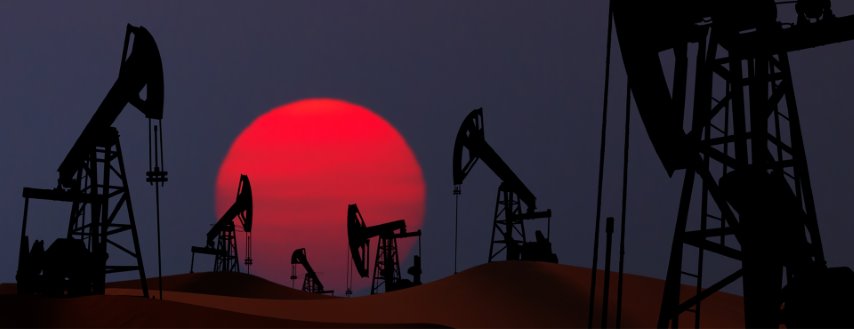
By Patrick Trueman, portfolio manager, James Hambro & Partners
The long-term investment case for owning integrated oil companies – those that operate across the entire petroleum value chain from rig to pump – is fraught with challenges. With China now pledging to be carbon neutral by 2060 and another 66 countries around the world targeting carbon neutrality by 2050 (67 if Biden wins), demand for fossil fuels must surely fall?
Not necessarily. If the world returns to its pre-Covid path demand for oil is expected to carry on rising through the next 20 years, driven by growing demand in developing countries. The International Energy Agency says that even if governments take the necessary radical measures to achieve their ambitious 2050 net-zero goals it will still be a few years before we see a peak in global oil demand. It will take time for new technologies and energy saving initiatives to kick in. They forecast that demand will then fall by more than 50 percent in advanced economies by 2040 and by 10 percent in developing economies.

Patrick Trueman, portfolio manager, James Hambro & Partners
Positive news for the oil majors, you might think, but they are struggling. In the wake of the pandemic, the price of Brent crude has dropped to just $40 a barrel. At that rate it is unprofitable to extract half the planet’s remaining oil reserves. The industry is braced for permanently low prices.
With tight oil (extracted from oil shale) offering a new abundant source of supply that is relatively easy to extract, companies are jettisoning unprofitable oil fields around the world. In July BP and Shell announced asset write-downs of up to $17.5bn and $22bn, respectively. In the past year BP and Shell have both seen their share price fall by 57 percent.
For decades these companies have been stalwarts within many investor portfolios because of their generous dividends. But in April Shell slashed its dividend (the first cut since WWII). In August BP halved its dividend and announced 10,000 job cuts. That same month in the US, Exxon Mobil, once the world’s largest company, was ejected from the Dow Jones Industrial Average.

A cleaner future?
It is clear that the integrated oil companies have to change if they are to survive in a world battling to limit global warming to 1.5°C.
In February BP’s new CEO, Bernard Looney, unveiled a plan for an eight-fold increase in low carbon investment by 2025 and a 40 percent reduction in hydrocarbon production by 2030. Others are also redirecting investments towards renewables.
The oil majors have some advantages, including an infrastructure for selling power – BP has 3,000 energy traders globally and Shell managers power trading in over 20 countries. They have a key part to play in the transition to electric vehicles. They operate around 90,000 retail stations and are rolling out a programme of charging point installations – Total alone is targeting 150,000 in Europe by just 2025. They have the scale to make a significant contribution to the renewables sector.
But it will take time. An onshore windfarm, for example, has a two- to three-year lead time between investment decision and first power generation. Offshore farms can take 10-15 years. The research company, Bernstein, estimates that by 2030 renewables will still represent only 10 percent or less of earnings for Shell, BP and Total
Stranded assets
There is a serious risk that the oil majors will fall short of their targets – perhaps far short. And the consequences for investors could be serious. The former Bank of England governor, Mark Carney has repeatedly warned about the perils of investors finding themselves in ‘stranded assets’. He says up to 80 percent of coal assets and half of developed oil reserved could be left stranded and has challenged asset managers to have a plan to mitigate that risk.
The UK’s renewable electricity capacity is growing. Offshore wind farms now generate sufficient energy to power over 18 million homes in the UK. More farms are planned. Solar generation is also at record levels. Renewables’ share of electricity generation rose to 44.6 percent in the second quarter of 2020 (though this was a period distorted by Covid).
On balance
A rapid and synchronised post-Covid global recovery could see oil, gas and liquified natural gas prices quickly recover and many analysts believe valuations on some European oil majors are attractive enough to warrant a contrarian bet.
There are certainly legitimate arguments for investing in the oil majors, but our own view is that there are currently plenty of more appealing investment opportunities elsewhere. The precise date of peak oil is hard to guess but it is undoubtedly closer than many analysts had predicted even a few years ago. Like the huge seaborne tankers that oil companies depend on, turning these businesses around will not be an easy or quick process.
Click here to subscribe to our low-carbon world newsletter.






